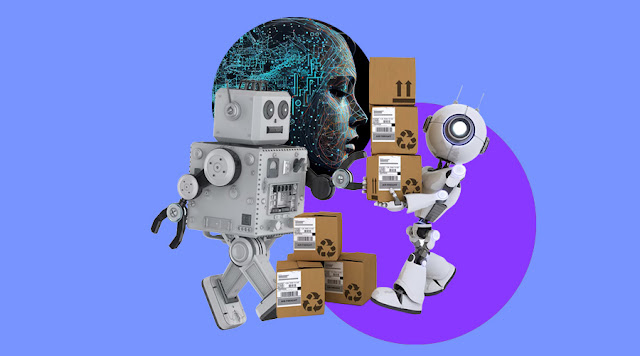Global Conferences on Artificial Intelligence and Robotics
News: AI, Robotics, And How Work Is Changing?
Global Conferences on Artificial Intelligence and Robotics
More details:
Visit Our Website: https://lnkd.in/gptfJPYz
Visit Our Conference Submission: https://x-i.me/aircsent3
Contact us: ai@sciencefather.com
#artificialintelligence #artificialintelligence #robotics #unitedkingdom #london #ai #artificialintelligence #conferences #ai #awards #technology #engineering #automation #automation #machinelearning #event #network #communication #video #intelligence #datascience #deeplearning #computerscience #datascience #computerscience

Comments
Post a Comment